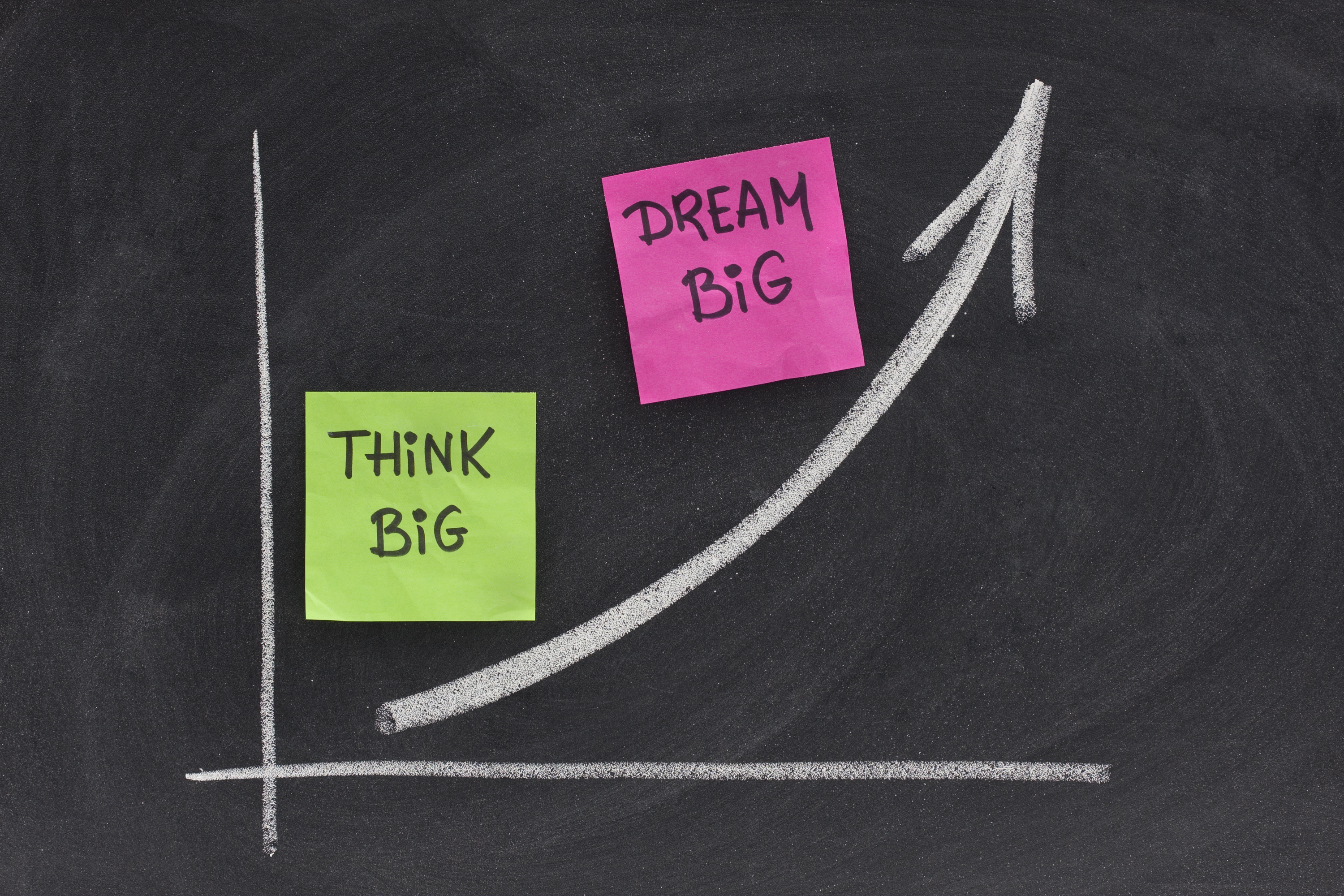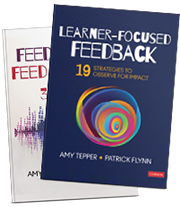“Growth” has been one of the more elusive words in educational jargon over the past few years. Its use triggers reactions from so many due to ill-fated or, better put, poorly constructed attempts to connect it to educator evaluation.
Anyone who has read or spoken with me in-depth knows that I do consider student outcomes to be an important aspect of every educator’s evaluation and do not believe it should be removed as a criterion for determining levels of performance. However, the current approaches being used to design and implement SLOs typically provide for little connection between what the teacher does and the outcomes for students, serving no other purpose than to inflate and invalidate data on teacher or leader effectiveness.

What I have recently been working on is a redefinition that I believe can address some of the shortcomings of previous approaches and that could/would actually be embraced by teachers as meaningful and realistic.
Yup, that is a big job I know but how else do we expect to change and improve?
A ReVision of Student Learning Objectives
First, it is important to note that the idea is not original and is more of a mix of other ideas that have been successful. I am, however, as far as I can tell, the first to propose the approach to satisfy the typical requirements of educator evaluation practice. Additionally, this is written in alignment with the Connecticut Guidelines of 45% of student outcomes measuring overall teacher and administrator performance.
My proposal is simple – stop measuring just the outcome in terms of student achievement but also measure the influence specific teacher practices have on those outcomes.
If you need to know what targeted practices can be measured that will influence student achievement then look no further than John Hattie’s list in Visible Learning for Teachers. Below is a glossary of those influences in order of their effect. These all have an effect size greater than .70.
- Student Self-Reported Grades
- Piagetian programs
- Response to intervention
- Teacher credibility
- Providing formative evaluation
- Micro-teaching
- Classroom discussion
- Comprehensive interventions for learning disabled students
- Teacher clarity
- Feedback
If we know that these practices have the most positive effect size on student achievement then why not measure these in alignment with student outcomes? While student outcomes, in my opinion (and I am sure others will/can disagree), must remain a part of performance measurement in our schools. Paying closer attention to how we achieve those outcomes, however, is the most important information to ensuring sustainable achievement. In other words, it’s not knowing that kids achieved that makes me effective, it is knowing what I did to support that learning that allows me to apply it again and again.
Proposal (with more details to be worked out with PDEC committees who are ready to step up):
“Visible teaching and learning occurs when there is deliberate practice aimed at attaining mastery of the goal, when there is feedback given and sought, and when there are active, passionate, and engaging people (teacher, students, peers) participating in the act of learning.” ~John Hattie
While it will be a challenge for many – once again, nothing great happens without a significant challenge.
My proposal is to continue to create SLOs/IAGDs that examine student improvement based on standardized and/or non-standardized measures (still believe CBMs are the best assessments for this purpose – once again more on that later).
Teachers would design the required two SLOs and corresponding IAGDs to address growth over the course of the year for EVERY student in their classrooms or, for our secondary teachers, a significant number of students in their classrooms or for whom you have an impact. Stretch significantly for those students who require greater growth to bridge any existing gaps – that is not only a collective responsibility but EACH individuals as an educator of that student.
Teachers and their supervisors would analyze beginning, middle, and end of year performance of students based on the design of goals that are well-designed to the assessment being used. Student performance would collectively reflect 22.5% of the teacher’s overall evaluation. Criteria have already been established in most educator evaluation models and can continue to be used. This is based on a simple model – if all or a quantifiable number of our students are demonstrating learning, meeting the goals we are setting, then 22.5% of their overall evaluation is scored accordingly.
Sample provided below…
| Exemplary | Proficient | Developing | Beginning |
| 100% of students’ met the SLO and IAGD Targets. | At least 90%’of students’ met the SLO and IAGD Targets. | At least 80%’of students’ met the SLO and IAGD Targets. | Less than 79% of students’ met the SLO and IAGD Targets. |
For the remaining 22.5%, teachers would engage in investigation, reflection, and on-going re-examination of what Hattie has demonstrated is the most significant element of that success – educator action/application of key strategies.
Here is where “system support” becomes essential so that there is an educational environment for analysis. Supervisors create a system (preferred system would rely on grade level Data Teams with potential portfolios) for teachers to collect evidence of their practice in one or more of the above listed educator actions from Hattie’s meta-analysis.
Then, collaboratively, teachers and supervisors connect those practices to the successes in student achievement. If data teams are in place, for example, the analysis and documentation of student performance and related teacher actions associated with a review are readily available. In other words, the development of a portfolio of a teacher’s investigation, reflection, and on-going re-examination is not an add-on to the work – it’s just what we do. By the way, if a school or district has clearly defined the vision for it’s instruction and has aligned the goals to that vision, the layers of support for teachers is inevitable.
Some will tell me that I am just increasing the performance and practice measurement by 22.5% and in many ways they would be right. I have always thought that adult action is the most valid measures for educator evaluation. The more cynical will tell me that even with a shift, a teacher should never be individually measured by student outcomes. To either party I simply ask, if you are not willing to try something new, what change do you ever expect to see.




Leave a Reply